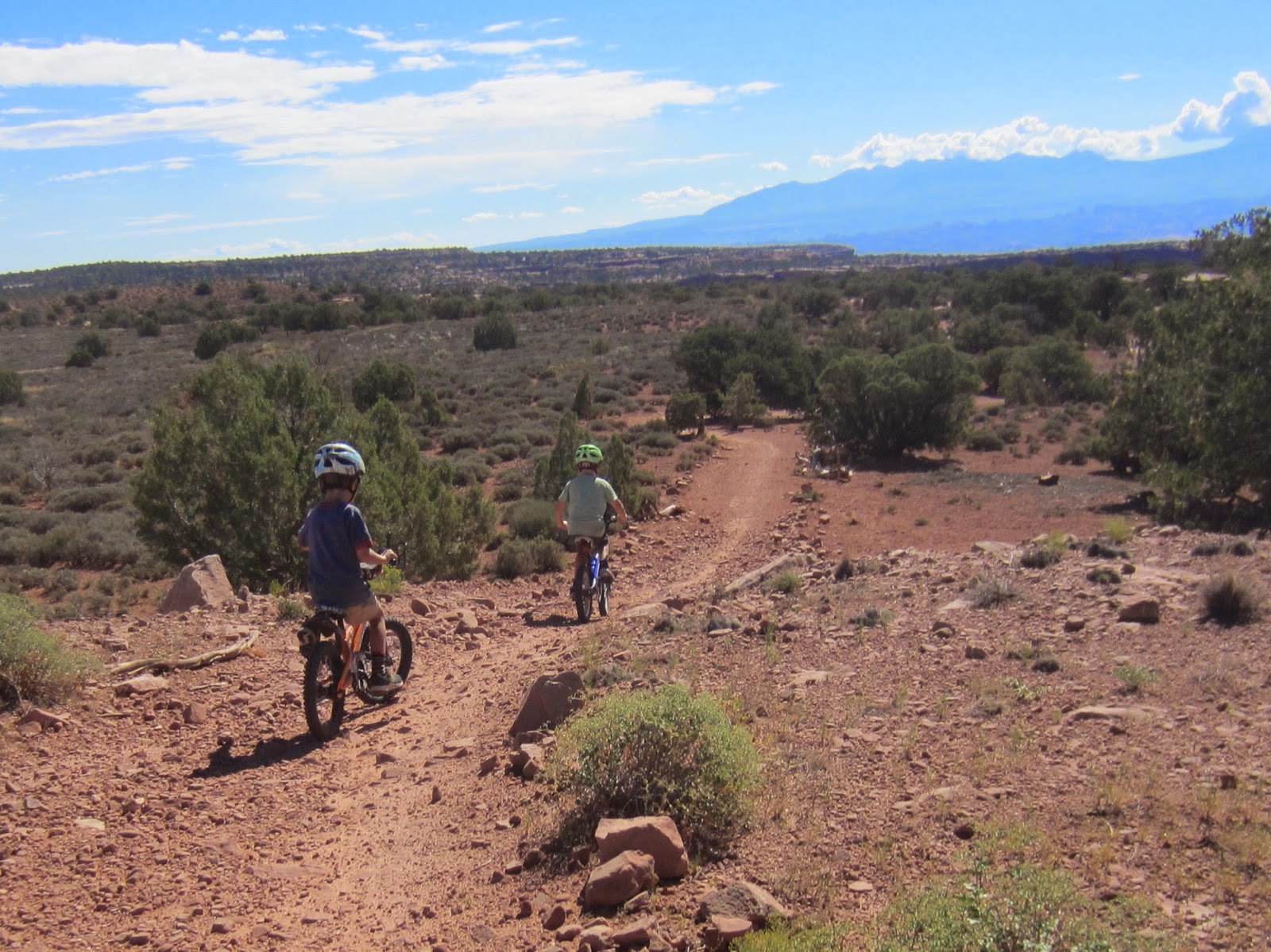Our teachers at the local living school where we are apprenticing consider things from the natural world as gifts. Water from the spring is a gift. The sun that warms the greenhouse is a gift.
The things we get from trees are also gifts: the acorn we wrote about in
our last post; the leaves that give back their minerals as they decay; the sap of the maple that becomes syrup; the basswood bark that becomes string, the growth rings of the ash that become baskets; the timber that becomes shelter; the firewood that warms our food and our bodies.
I have a personal affection for the tree gifts. I've participated in harvesting all the above gifts from the tree and am most fond of the wood gifts that are used for building and warming. Using time-honored techniques, I am learning how to construct buildings, make furniture, and create firewood with a small quiver of tools.
Every day, we use a decent amount of wood from our stash and need to replenish it.
Though chainsaws are sometimes used here at Koviashuvik, there's a preference for using bow saws to cut fire wood to length.
We'll split these logs once or twice and let them dry for use by future apprentices to use just as we pull from the pile that was split and stacked many months ago by others. Every morning we use a lovely, hand-crafted splitting maul to split them into thinner slices that burn great in our stove.
It's true what's said about wood heating you twice!
When woodworking, we use a different set of tools.
Perhaps second only to the handsaw in usefulness is the drawknife.
It's the tool that stripped the hundreds of fir poles used in various construction projects here at Koviashuvik. It's also the tool I used to strip, shape, and size four legs out of hornbeam wood for a bench I've been making. Here's one of those legs clamped into the shave horse bench, a partner to the draw knife:
On bigger building projects, we've used additional tools to turn trees into shelter. After being cut down, trees that are going to become lumber are cut with a portable saw mill and then "stickered" in stacks for air drying for a year. From there, the rough lumber is often run through a gas-powered planer for smoothing or shaping. We cut the pieces to length with handsaws. Last week I was cutting compound miter cuts in boards for roof sheathing freehand with a handsaw.
Thereafter, I found myself tapering boards into shims only 1/4 inch thick using an axe visually similar to our splitting maul but very different in its utility.
In addition to mortise and tenon construction in the framing of the new classroom building, we nail and screw things together. Fasteners are one of the biggest expenses in the whole building process here. When fine tuning fits and finishes we use tools like block planes and--like I'm using in this picture on the bunk room roof--spoke shaves to get things just how we want.
On my personal goals list was learning about constructing with wood and hand tools. I've recently gotten an abundance and am thankful for the gift from the tree.


















































